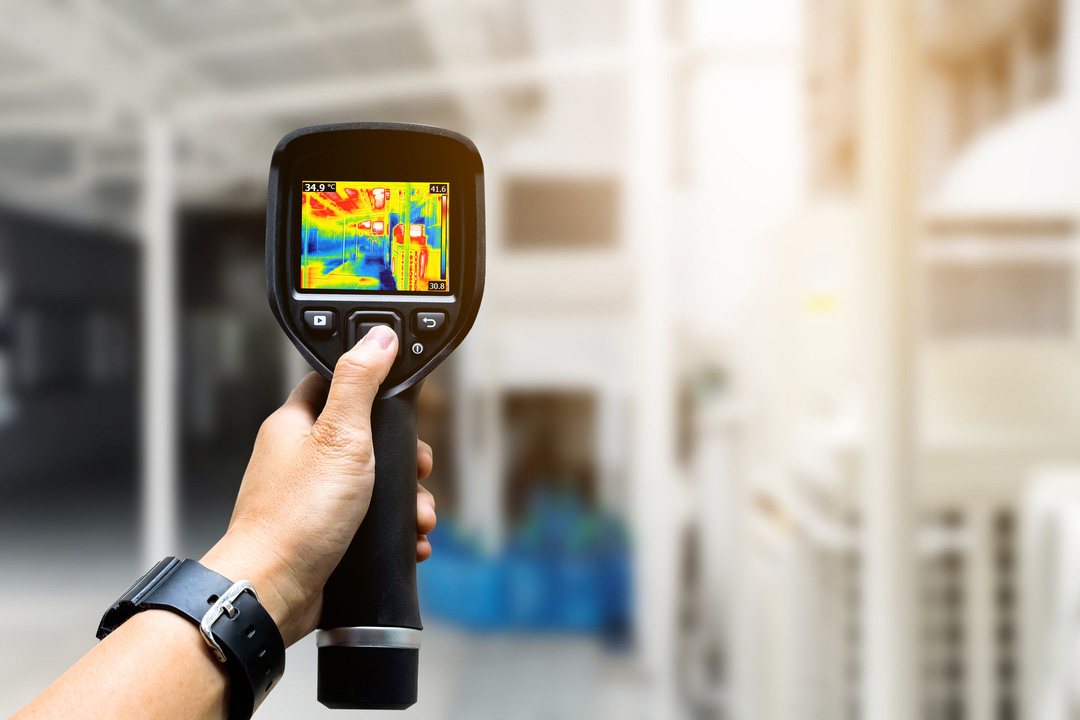[av_section min_height=” min_height_px=’500px’ padding=’default’ shadow=’no-shadow’ bottom_border=’no-border-styling’ bottom_border_diagonal_color=’#333333′ bottom_border_diagonal_direction=’scroll’ bottom_border_style=’scroll’ scroll_down=” id=” color=’main_color’ custom_bg=” src=” attach=’scroll’ position=’top left’ repeat=’no-repeat’ video=” video_ratio=’16:9′ video_mobile_disabled=” overlay_enable=” overlay_opacity=’0.5′ overlay_color=” overlay_pattern=” overlay_custom_pattern=”]
[av_hr class=’default’ height=’50’ shadow=’no-shadow’ position=’center’ custom_border=’av-border-thin’ custom_width=’50px’ custom_border_color=” custom_margin_top=’30px’ custom_margin_bottom=’30px’ icon_select=’yes’ custom_icon_color=” icon=’ue808′]
[av_one_full first min_height=” vertical_alignment=” space=” custom_margin=” margin=’0px’ padding=’0px’ border=” border_color=” radius=’0px’ background_color=” src=” background_position=’top left’ background_repeat=’no-repeat’ animation=” mobile_display=”]
[av_textblock size=” font_color=” color=” custom_class=”]
Infrared Thermography Inspections
Infrared thermography inspections are a service focused on identifying sources of temperature change, where they are normal and abnormal, and providing accurate environmental condition information to a facility owner for optimum operation, especially where heat or cold temperatures are involved and create critical conditions for function and safety.
[/av_textblock]
[/av_one_full][av_hr class=’default’ height=’50’ shadow=’no-shadow’ position=’center’ custom_border=’av-border-thin’ custom_width=’50px’ custom_border_color=” custom_margin_top=’30px’ custom_margin_bottom=’30px’ icon_select=’yes’ custom_icon_color=” icon=’ue808′]
[av_one_half first min_height=” vertical_alignment=” space=” custom_margin=” margin=’0px’ padding=’0px’ border=” border_color=” radius=’0px’ background_color=” src=” background_position=’top left’ background_repeat=’no-repeat’ animation=” mobile_display=”]
[av_textblock size=” font_color=” color=” custom_class=”]
Why Inspections Add So Much to Industrial Risk Prevention & Safety
The human eye generally sees a limited spectrum of light and temperature change. However, the infrared spectrum, which the eye cannot see on its own, details out a far greater amount of information about heat and temperature emission, its levels of difference from the source of radiation, and what those temperature changes can mean for operations, particularly manufacturing. Images are identified and collected with specialized camera sensors specifically designed for the infrared spectrum. The information is then translated onto a screen which can then be captured as still images, videos, or films for the purposes of observing temperature behavior in a location. That information, in turn, can be used for managing the environment as well as its safe, optimum level of operation.
[/av_textblock]
[/av_one_half][av_one_half min_height=” vertical_alignment=” space=” custom_margin=” margin=’0px’ padding=’0px’ border=” border_color=” radius=’0px’ background_color=” src=” background_position=’top left’ background_repeat=’no-repeat’ animation=” mobile_display=”]
[av_textblock size=” font_color=” color=” custom_class=”]
Practical Applications for Tolerances
For example, many production facilities and operations require insulation for the working chamber or system to prevent temperature loss. However, again, the human eye may not see an issue where leakage is occurring as temperature generally has no visible color difference until it begins to affect surrounding materials, i.e. metal turns red when hot or condensation builds up when cold. These visible reactions are far too late in the change process and beyond most tolerance situations. So, a system is needed that can see a leak far sooner and at a lower change in intensity level. Infrared cameras used by a trained survey technician can spot beginning leaks or emissions that are clearly showing a failure in insulation, which can then be recorded and identified to the facility management for remediation.
[/av_textblock]
[/av_one_half][av_one_half first min_height=” vertical_alignment=” space=” custom_margin=” margin=’0px’ padding=’0px’ border=” border_color=” radius=’0px’ background_color=” src=” background_position=’top left’ background_repeat=’no-repeat’ animation=” mobile_display=”]
[av_textblock size=” font_color=” color=” custom_class=”]
The Operator Factor
The value of training versus just having anyone point the camera and record is that thermography results change depending on the conditions of the environment as well as the equipment used. An untrained technician may miss critical information and changes visible but obscure to the inexperienced eye. Additionally, interference factors such as wind pressure, other temperature sources, and materials can change the results of temperature behavior, which in turn changes the results of measurements. Again, the experience focuses on how to apply the measurement equipment correctly for the conditions the test is working in. When done correctly, the results are repeatable, objective, and provide the most accurate readings of what’s going on with a particular target area.
[/av_textblock]
[/av_one_half][av_one_half min_height=” vertical_alignment=” space=” custom_margin=” margin=’0px’ padding=’0px’ border=” border_color=” radius=’0px’ background_color=” src=” background_position=’top left’ background_repeat=’no-repeat’ animation=” mobile_display=”]
[av_textblock size=” font_color=” color=” custom_class=”]
Minimal Intrusive Interaction in Busy Systems
The beauty of a professional infrared thermography inspection is that the application does not need to be intrusive. Today’s equipment and training can be easily applied at a distance, especially with outside conditions of a facility. This avoids tear-downs, stalling or stopping operations with temporary inspection delays, and similar. Instead, things can keep running as normal as the inspection moves through, capturing the details of temperature behavior during the most practical situations when operations are active and functioning in regular work mode. Again, applying an inspection this way provides the most accurate assessment versus inspections that are performed when systems and the working environment are not being stressed.
[/av_textblock]
[/av_one_half][av_one_half first min_height=” vertical_alignment=” space=” custom_margin=” margin=’0px’ padding=’0px’ border=” border_color=” radius=’0px’ background_color=” src=” background_position=’top left’ background_repeat=’no-repeat’ animation=” mobile_display=”]
[av_textblock size=” font_color=” color=” custom_class=”]
Connors Industrials
Provides one of the most experienced assessment teams available for industrial thermography reviews and audits. Additionally, they are able to provide automated assessment systems as well for clients, providing real-thermography readings and measurements on an ongoing basis when daily and real-time monitoring is required. Whether your facility needs regular, periodic inspection or constant monitoring, Connors Industrials can provide you with the right equipment and skills for the challenge and have you operating within ideal parameters in no time. Call us to find out more or email for technical information and details.
[/av_textblock]
[av_button label=’Contact Us Today!’ link=’manually,https://connorsindustrials.com/contact/’ link_target=’_blank’ size=’large’ position=’left’ icon_select=’no’ icon_hover=’aviaTBicon_hover’ icon=’ue800′ font=’entypo-fontello’ color=’theme-color’ custom_bg=’#444444′ custom_font=’#ffffff’ custom_class=”]
[/av_one_half][av_one_half min_height=” vertical_alignment=” space=” custom_margin=” margin=’0px’ padding=’0px’ border=” border_color=” radius=’0px’ background_color=” src=” background_position=’top left’ background_repeat=’no-repeat’ animation=” mobile_display=”]
[av_textblock size=” font_color=” color=” custom_class=”]

[/av_textblock]
[/av_one_half][/av_section]
